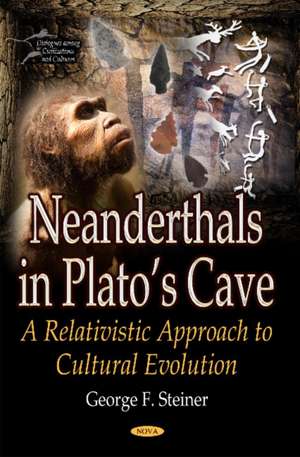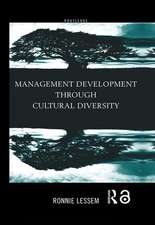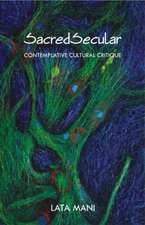Neanderthals in Platos Cave: A Relativistic Approach to Cultural Evolution
Autor George F Steineren Limba Engleză Hardback – 16 iun 2017
Preț: 1207.48 lei
Preț vechi: 1549.65 lei
-22% Nou
Puncte Express: 1811
Preț estimativ în valută:
231.04€ • 242.53$ • 191.78£
231.04€ • 242.53$ • 191.78£
Carte disponibilă
Livrare economică 20 martie-03 aprilie
Preluare comenzi: 021 569.72.76
Specificații
ISBN-13: 9781536119404
ISBN-10: 1536119407
Pagini: 300
Dimensiuni: 180 x 260 x 18 mm
Greutate: 0.59 kg
Editura: Nova Science Publishers Inc
Colecția Nova Science Publishers Inc
ISBN-10: 1536119407
Pagini: 300
Dimensiuni: 180 x 260 x 18 mm
Greutate: 0.59 kg
Editura: Nova Science Publishers Inc
Colecția Nova Science Publishers Inc
Cuprins
Introduction. PART I. The Myth of Cultural Evolution -- Culture & Evolution; The Origins of Cognitive Modernity; The Biological Origins of Culture. PART II. Cultural Heterochrony -- Cultural Specialization; Cognitive Specialization; Cultural Flexibility; Cognitive Flexibility; Conclusion; References; Index.













